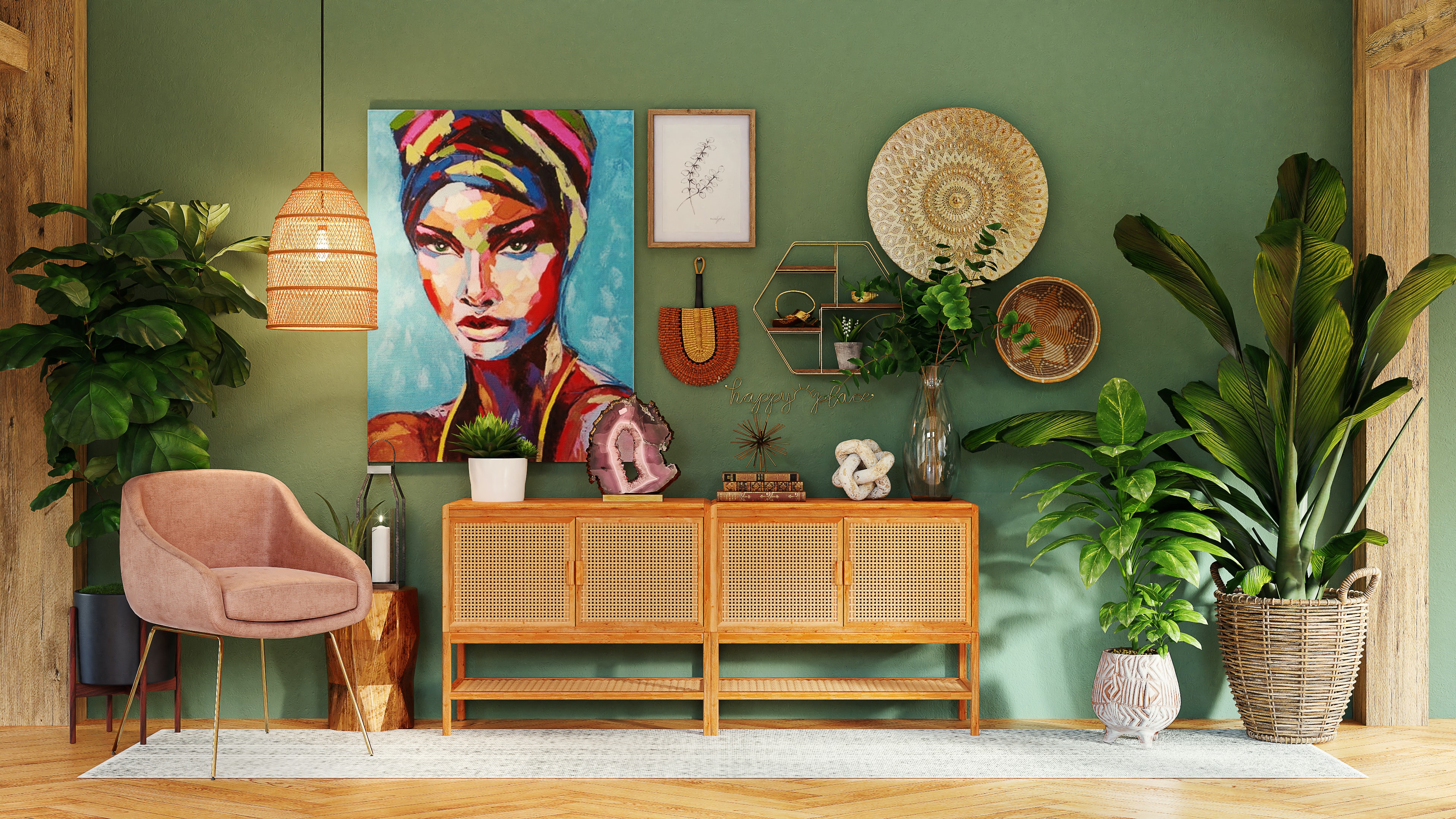Paint your walls like a professional! Helpful guides and trader tips
Posted by Celtic sustainables on 19th May 2023

Get ready to renovate!
Deciding to embark on a paint project can be exciting and stressful; repairing surfaces, choosing paint, and emptying the room are all quite a job before starting! We’ve put some handy tips to help you achieve a regret-proof painting project.
The nine things you need to do before painting a room:
- Gather swatch cards and test samples on the wall
- Patch any holes (here’s an excellent filing knife)
- Clean the walls and skirting boards
- Use painters’ tape where you need to
- Make sure your brushes and rollers are the best quality to give you the best finish
- Start with a primer
- Consider caulking
- Set out tarps / plastic sheeting or a dust sheet to protect your floor
- Gather all your supplies so you’re ready to go!
1. Purchase the correct paint
We’ve plenty of water-based paints available (oil-based paints are a thing of the past!) As durable and come in many different finishes, they dry quicker and have virtually no odour. Before steaming ahead, think about what kind of surface you’re painting. Ask yourself the following questions:
- Is it interior or Exterior surfaces you’re painting on? Then you’ll need to look at these options for interior and exterior
- Is it a mineral surface like stone or lime? Then you’ll need a mineral-based breathable paint like Earthborn Claypaint, Graphenstone Grafclean or Keim
- If you’re painting on previously painted surfaces or gypsum plaster, you could use all the above, including Earthborn Lifestyle, Eico Helmatt or Painthouse paints. All are water-based and nontoxic, a perfect choice when ‘breathability’ isn’t required.
- Consider where you are painting and whether you need the paint to be ultra matt or if washability is essential, like in high-traffic areas.
2. Work out how much paint you need
The general rule is one litre will cover approximately 10 metres squared of the wall. So, divide the total paintable surface area by 10m2. Our mineral paints generally cover exceptionally well, are easy to apply, hard-wearing and have excellent covering power. Ideally, if you need more, stop and order some more before completely running out; the new batch may only sometimes be an exact match (due to the nature of the mineral paints!). Save some from your old tin and mix the two cans, eliminating any differences in the overall colour.
All our paints listed on our website have the coverage of the colours displayed – do get in touch if you need help with checking quantities.
3. Work out if you need a primer
We need to use a primer in instances where we are (1) painting a water-based paint over an old oil/varnish covering, (2) Painting over a darker colour, (3) overpainting where stains are showing or if patching up has been done. A primer is a crucial product to consider in any paint project; it will help create a consistent, neutral surface to which your paint will adhere evenly. When purchasing your paint, buy the corresponding primer - they are designed to work together and will give you the best longevity and durability for your money.
4. The best order for painting a room
When painting a room, follow these simple steps to avoid having to redo any of your hard work!
- Clean dusty surfaces and ceiling corners
- Apply painter’s tape
- Put down dust sheets and have a handy bag (for when you want to put tools down and have a cup of tea, you can wrap the brush and roller tray in the bag keeping the air away from it)
- “Cut” in the corners
- Paint the ceiling first and work your way down the walls. Top to bottom, then finish off the trims.
5. Don’t forget the ceiling
Roll away from where you stand; it can be tough to see what you’ve done when painting straight overhead. Use a zigzag method working in small, overlapping sections. Take a break and stand away from the area to see if you’ve missed any spots!
Happy painting! If you’ve found this helpful article, please share it so someone else can benefit from seeing it.
Don’t forget to share your achievements and before & after photos with us and friends; remember to tag us #CelticSus on social media.

